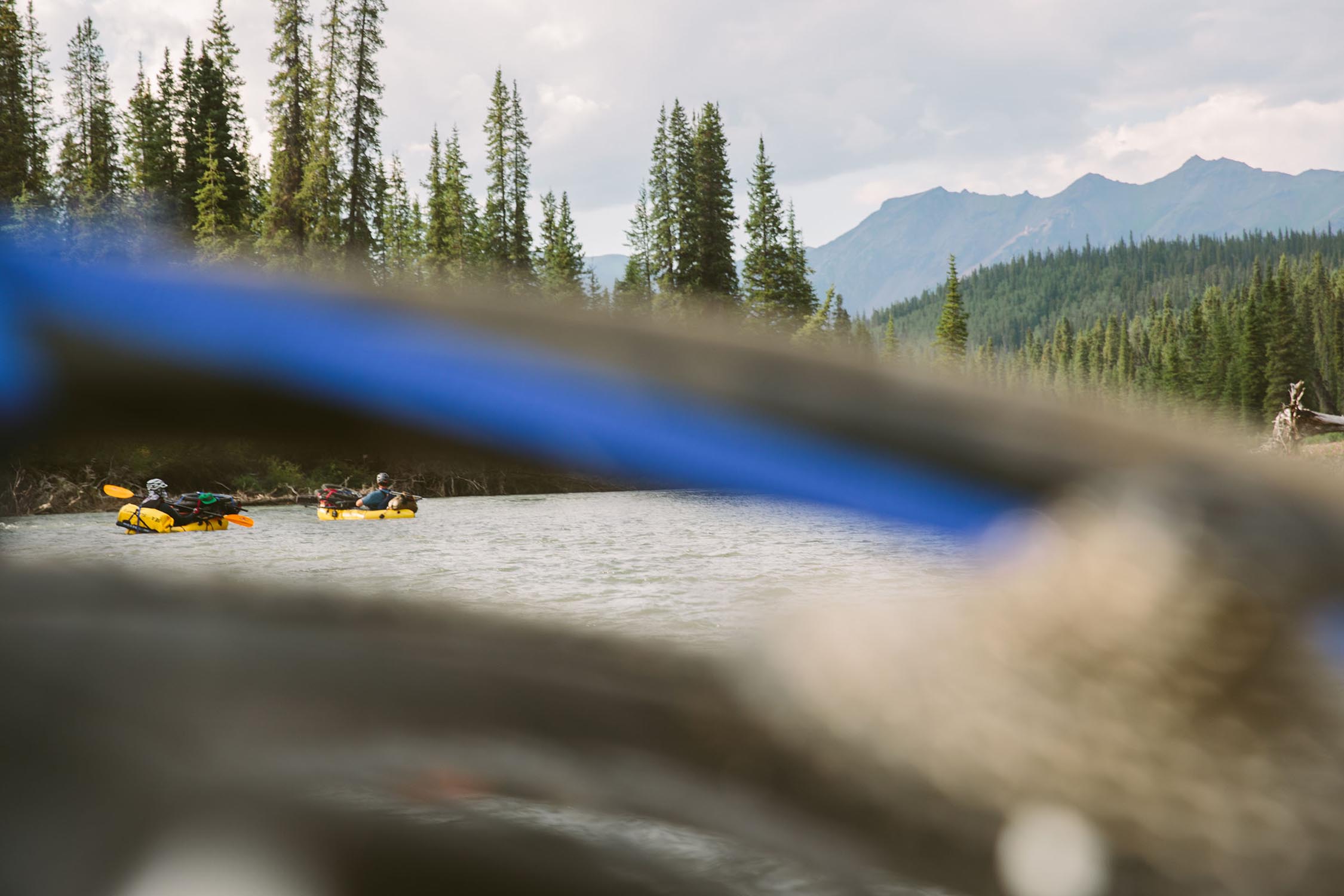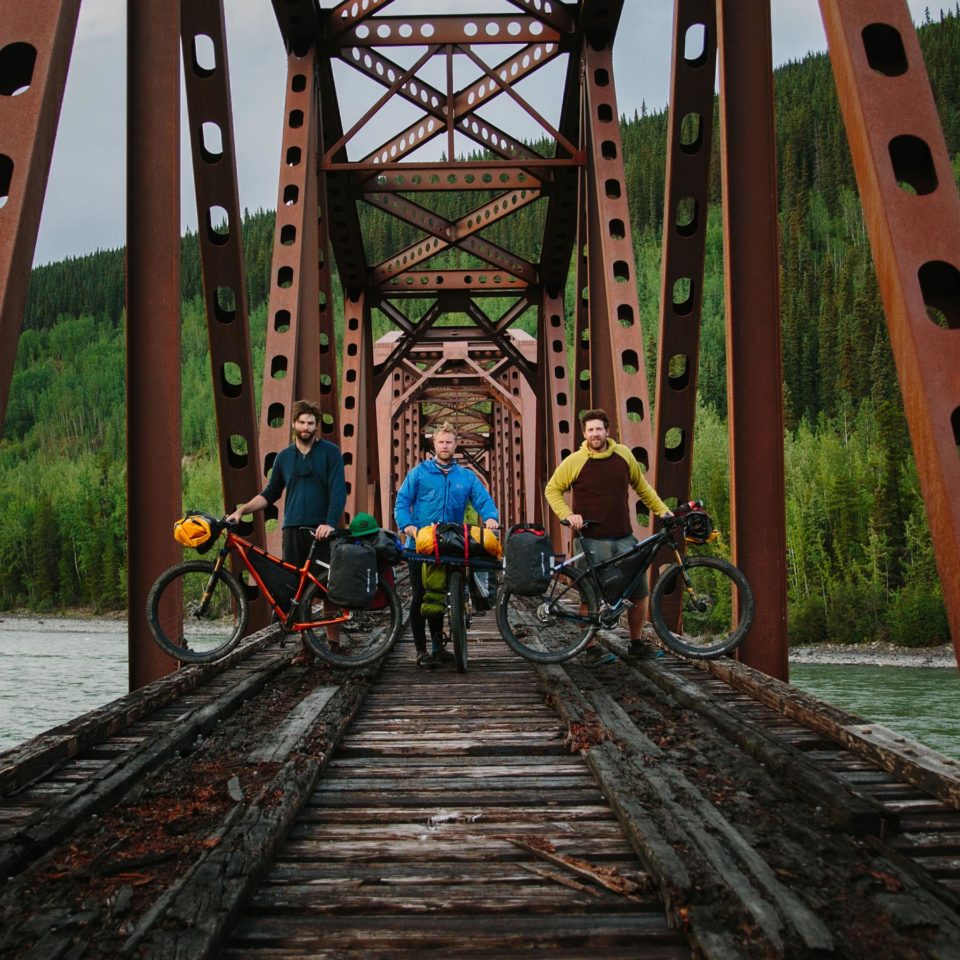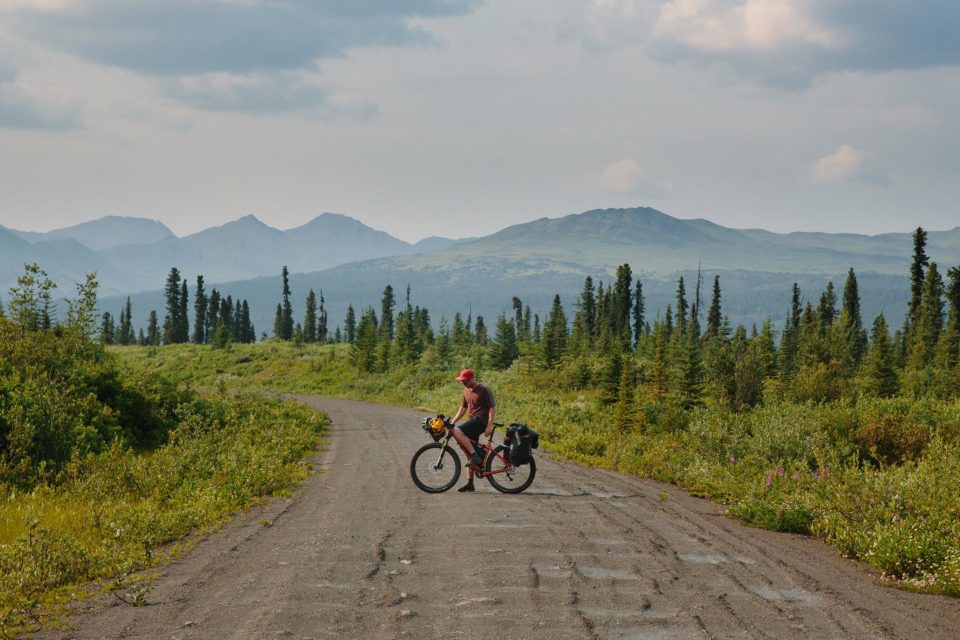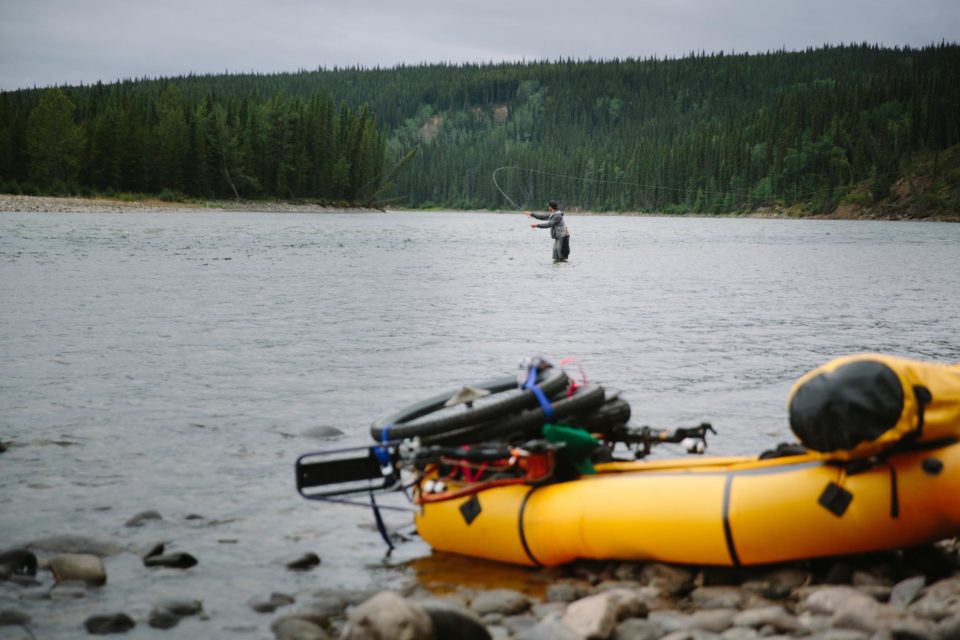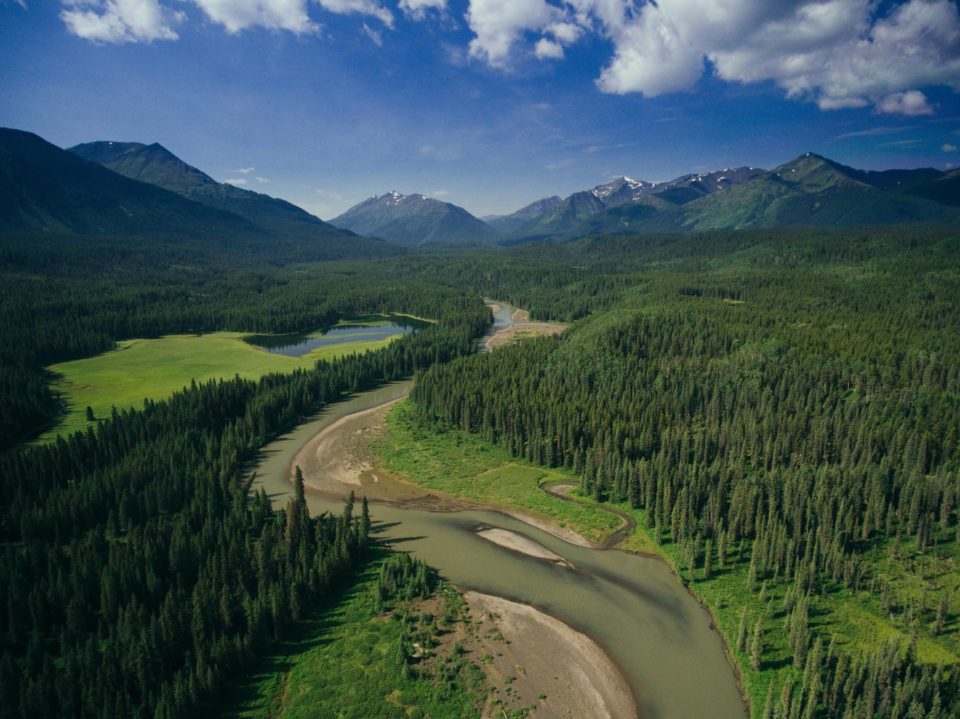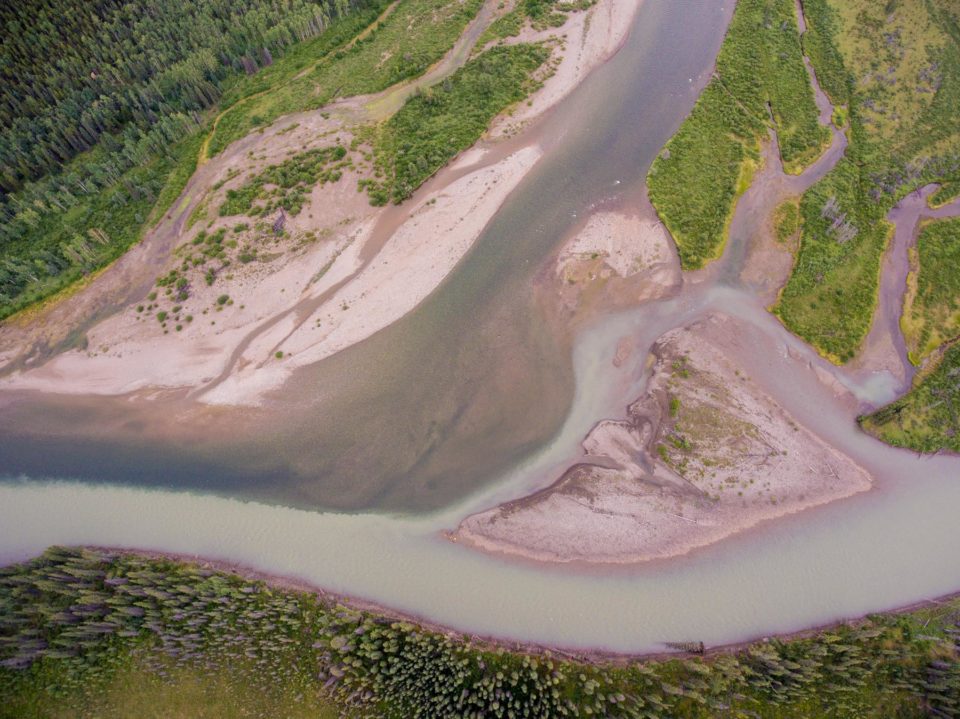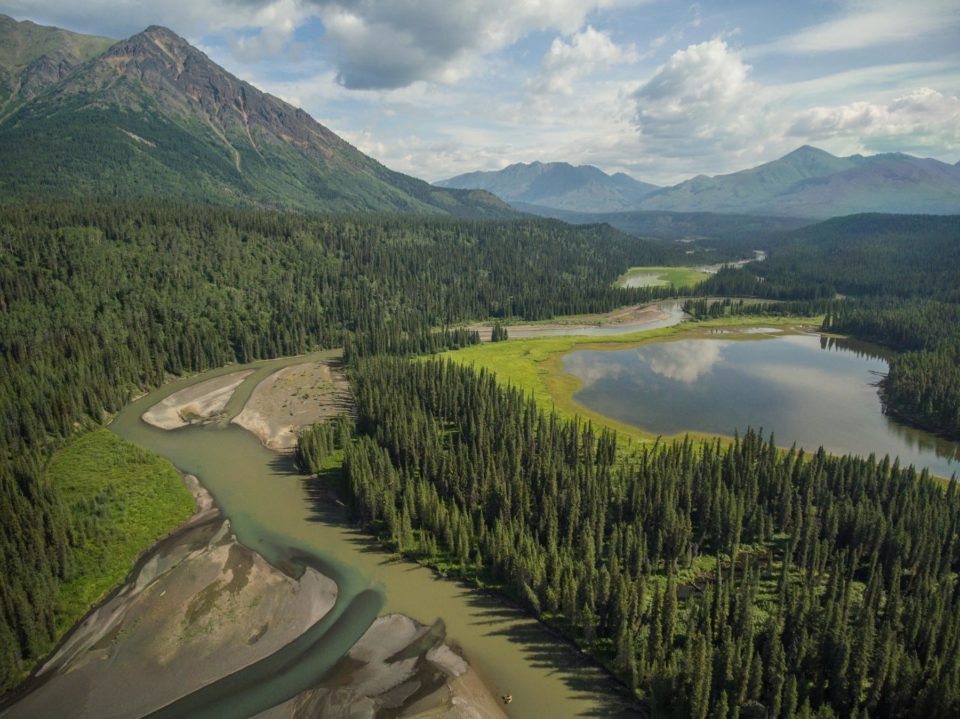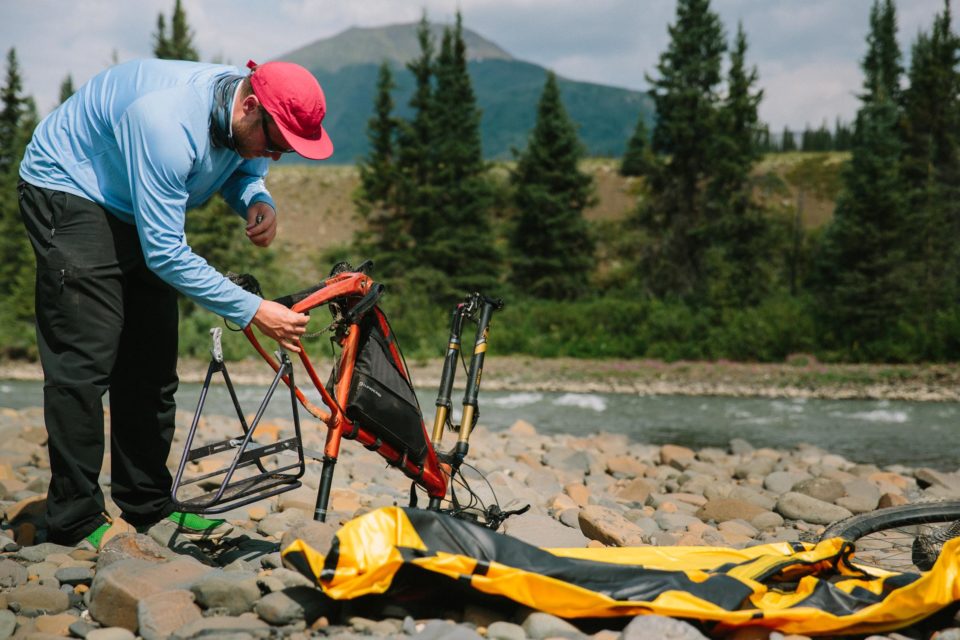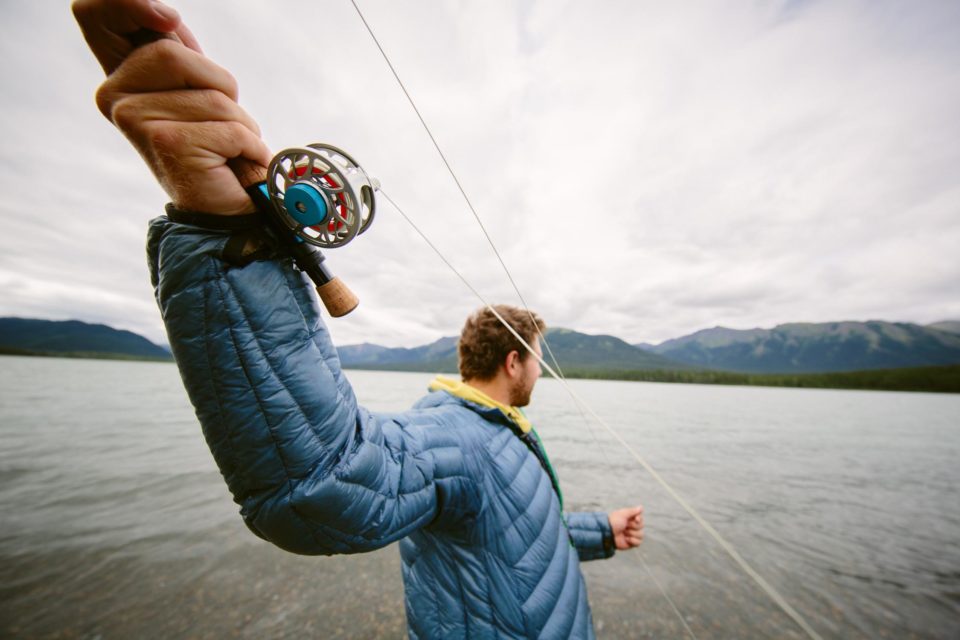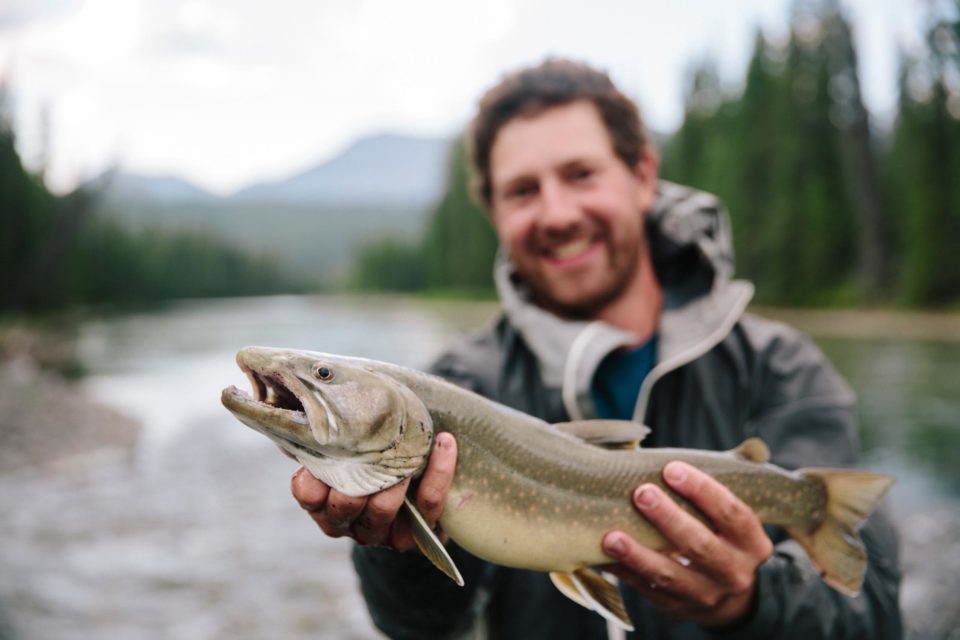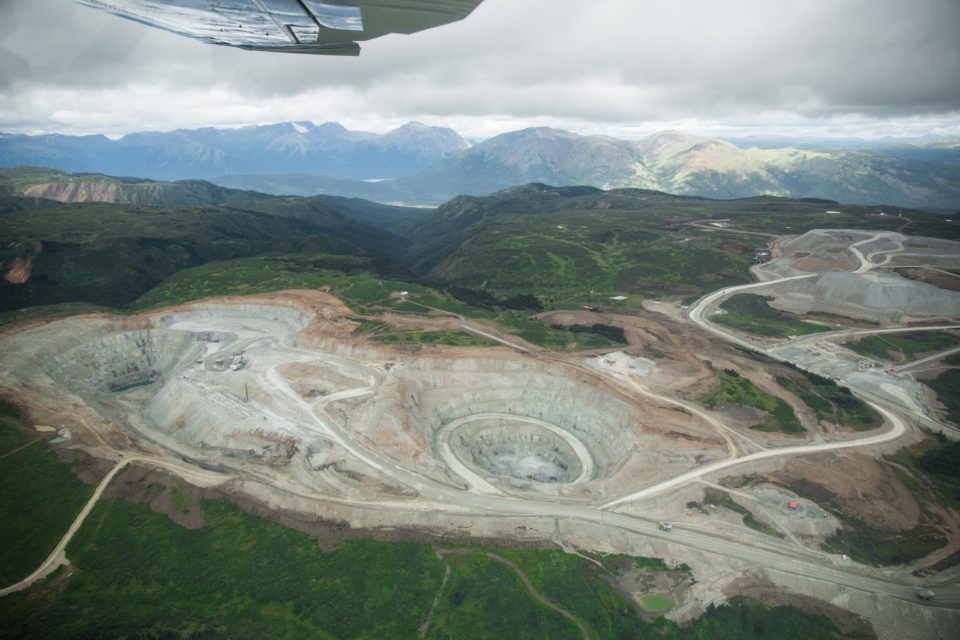Chasing Wild: A Journey Into The Sacred Headwaters
Share This
Chasing Wild follows three friends through British Columbia’s vast boreal forests and frigid whitewater to share the Tahltan’s fight to protect their homeland. Along the way, they catch monster trout, run from a grizzly, and get a glimpse inside a massive open pit mine. Watch the film, see photos from the trip, and read a Q&A with one of the filmmakers…
Film and photos by Luke Kantola, Colin Arisman, and Tyler Wilkinson-Ray
Three friends set off on a 400 km bikepacking and packrafting expedition through the heart of the Sacred Headwaters in northwestern British Columbia. This region is the birthplace of three critical salmon rivers and home to the Tahltan people. In the wake of the devastating Mount Polley mine disaster, the team’s goal was to immerse themselves in the land to better understand what’s at stake as a wave of new mines are developed across this remote corner of the province. Their journey offers an equally exciting and sobering window into this wild landscape. Watch the film below, and read on for a QA with filmmaker Luke Kantola.
This trip was clearly inspired by the Mount Polly disaster and the similarity between it and the new Red Chris Mine. How many mines threaten such watersheds in BC?
There are eleven projects in Northwestern BC that threaten pristine watersheds and salmon habitat. These are either in advanced exploration phases or are already operational. There are even more active projects further south in BC.
Are you aware of any other mines that have such enormous potential for disaster?
Mount Polley had a tailings pond failure. That means that the dam that held their waste slurry failed, spilling over 24 million cubic meters of waste into that watershed. The disaster absolutely devastated the drinking water and fisheries in the area.
The scary part is that Mount Polley was pretty small compared to the mines that are being proposed and built around BC today. For example, Red Chris, the mine featured in our film, has a tailings dam height that is over twice the size of Mount Polley, and the Red Chris tailings pond can hold nearly seven times the amount of waste product. After seeing the footage from the Mount Polley disaster, it’s really impossible to fathom what an event that was seven times larger might look like. See mine tailings height graph at TheNarwhal.ca.
Red Chris is just the tip of the iceberg when looking at the general trend toward larger mine design in BC. The proposed KSM project would hold 27 times the waste of Mount Polley. There are 10 projects like this is Northwest BC, and these hold the biggest threat to Salmon populations and Alaskan communities that don’t have much of a say as to whether a mine gets put in upstream. I think it’s also important to mention that the tailings ponds for these mines are still being designed in ways that do not meet expert approval. With the current mining trends in BC, it has been predicted that we can expect to see two tailings failures every ten years around the province.
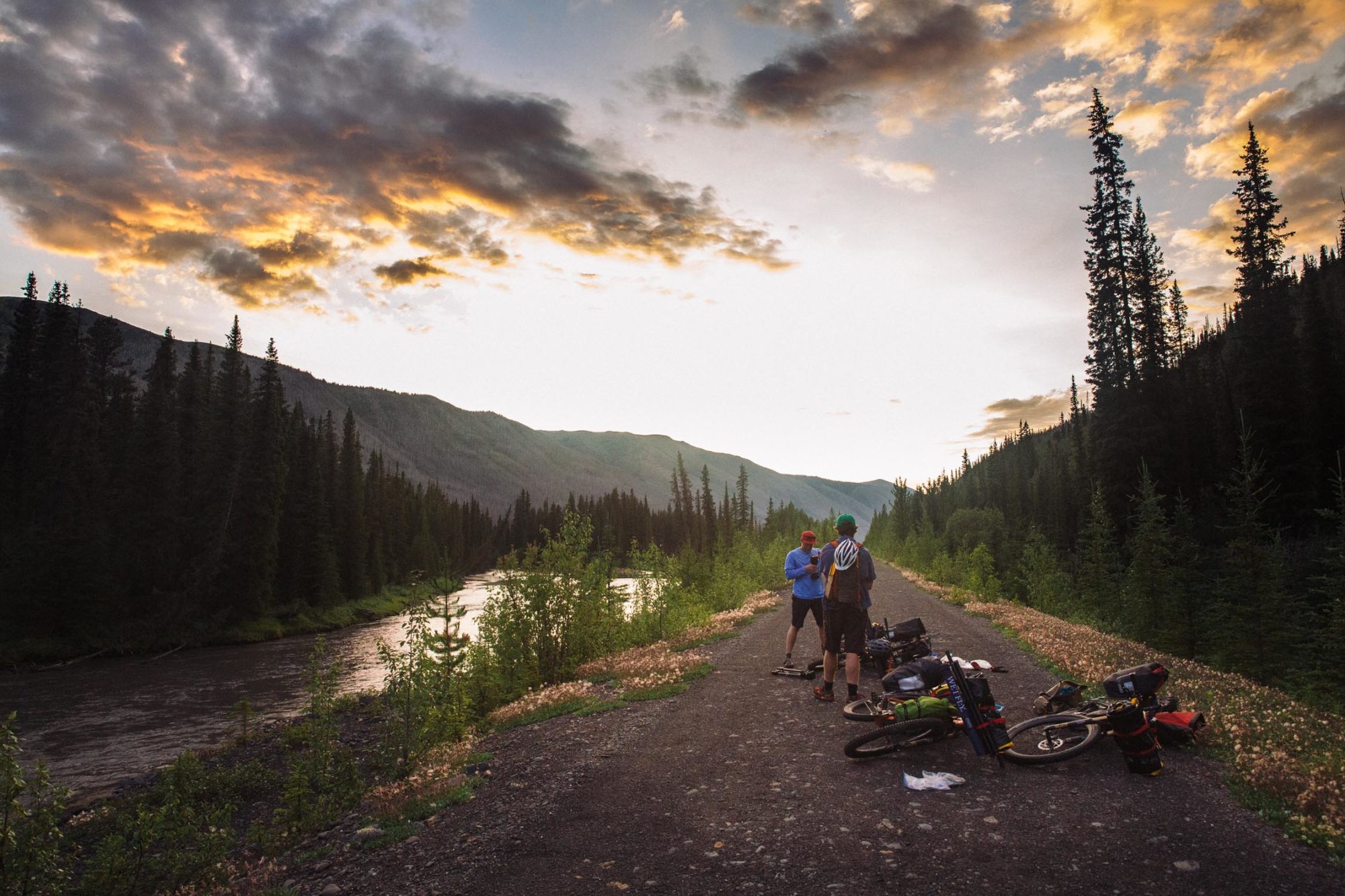
What has been the response from the mining community up there since the release of this film?
Over the past few years of doing this work, I’ve definitely seen a pattern in the responses from people who are deeply invested in an industry or practice that is getting criticized. For oil and gas pipelines, the response is typically something along the lines of, “Well you drove here to fight this pipeline so you’re a hypocrite and your arguments against this project aren’t valid because of that,” or for this mining project we might hear something along the lines of, “Your project is based around riding bikes through this area, and the materials for those bikes came out of international metal mines. You have no right to criticize this mine.”
And you know what? They have a point. There is some hypocrisy when we support these systems with our purchases, but we still need to advocate for safer mineral and fossil fuel extraction practices. I may buy a bicycle made of material that came out of an industrial mine, and I may drive a car to protest a negligent pipeline, but when 100 of the world’s largest corporations are responsible for over 71%* of global emissions, there’s no room for a narrative that places the blame for our current climate condition solely on the moral shortcomings of the individual in our society. It’s when we stop questioning these systems and become passive consumers that we lose our power as individuals to enact change.
*Source: The Guardian.
Did you guys know each other before the trip?
Colin and I have been working together since 2013. We met while thru-hiking the Pacific Crest Trail. But it was my first time meeting Tyler. We picked him up at a small airport in BC on our drive up there. It was a big trip to head out on with someone I hadn’t met. Obviously Colin was vouching for him, otherwise it would have been hard to convince me to go deep in the backcountry with someone I didn’t know.
Aside from the bear incident, did you have any other scary moments along the way?
I almost fell into the river from a very narrow and washed out trail along the raised river bank at one point. Colin was filming, and this moment is in the film very briefly, but I did almost drop my bike in the river on the last day of the trip. We were still 30 miles out from help, so I’m glad managed to hang on.
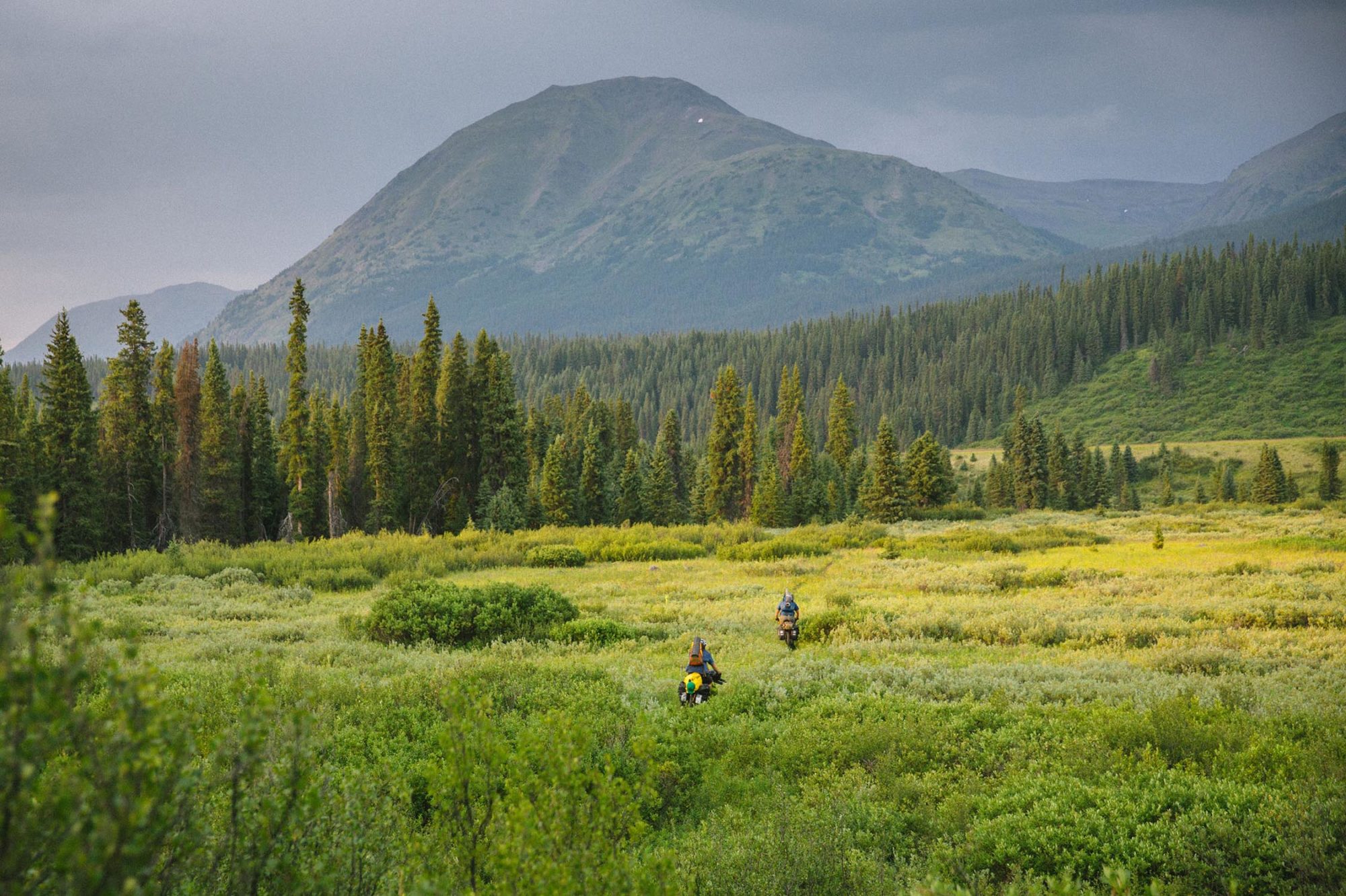
What was the hardest part of the journey? The most rewarding?
I realized on this trip that my mental fortitude has been built from the culmination of all of my backcountry experience, and that I wouldn’t have been able to have as much fun as I did without all of my previous backpacking, bikepacking, and packrafting excursions.
Some people see the film and think that we had a camera crew follow us, but it was just the three of us out there. At one point we were 200 miles away from the nearest road, five days of our food had been lost due to a dry bag failure, and my packraft had a leak that I couldn’t fix in the field.
I think staying positive through some pretty tough weather conditions while all these other things were going on was one of the most rewarding parts of the trip. I was able to stay present and enjoy the beautiful country rather than needing to focus on my own suffering. I can see how if we didn’t have enough shoe goo to slow my boat’s leak, or if we hadn’t been able to catch enough fish to keep us well fed, the trip could have been much harder.
If there’s one action you’d like for people to take after watching this, what would it be?
Let’s talk about privilege more openly in the adventure community. We are able to get outside and use our time and energy for recreational pursuits, but the reasons behind this aren’t always so pretty. If you are like me, and come from a colonial background, let’s do more to understand what it means to be settlers on stolen land. Start with small steps and be patient with yourself if you are just starting to think about these ideas. If you feel like you’re on board, then let’s start these conversations in our local groups and help others grasp the history of oppression behind the modern adventure lifestyle.
And if you want to actively get involved with transboundary mining issues, head over to Salmon Beyond Borders.
Lastly, is there anyone you’d like to thank?
I’d like to thank the Taltan people who have called the Sacred Headwaters region of BC home for over 10,000 years. A group of their elders called the Klabona Keepers have been actively fighting mineral extraction in the area since 2005. If it hadn’t been for their previous work stopping extraction in the area, we may not have been able to get out and explore the rivers we were on in the film. If anyone is thinking about heading out to the Sacred Headwaters, specifically the Spatsizi Plateau, it’s appropriate to stop at the Klabona Keepers road blockade to receive permission to explore the area before continuing on your journey. You can find them on facebook here.
Please keep the conversation civil, constructive, and inclusive, or your comment will be removed.






